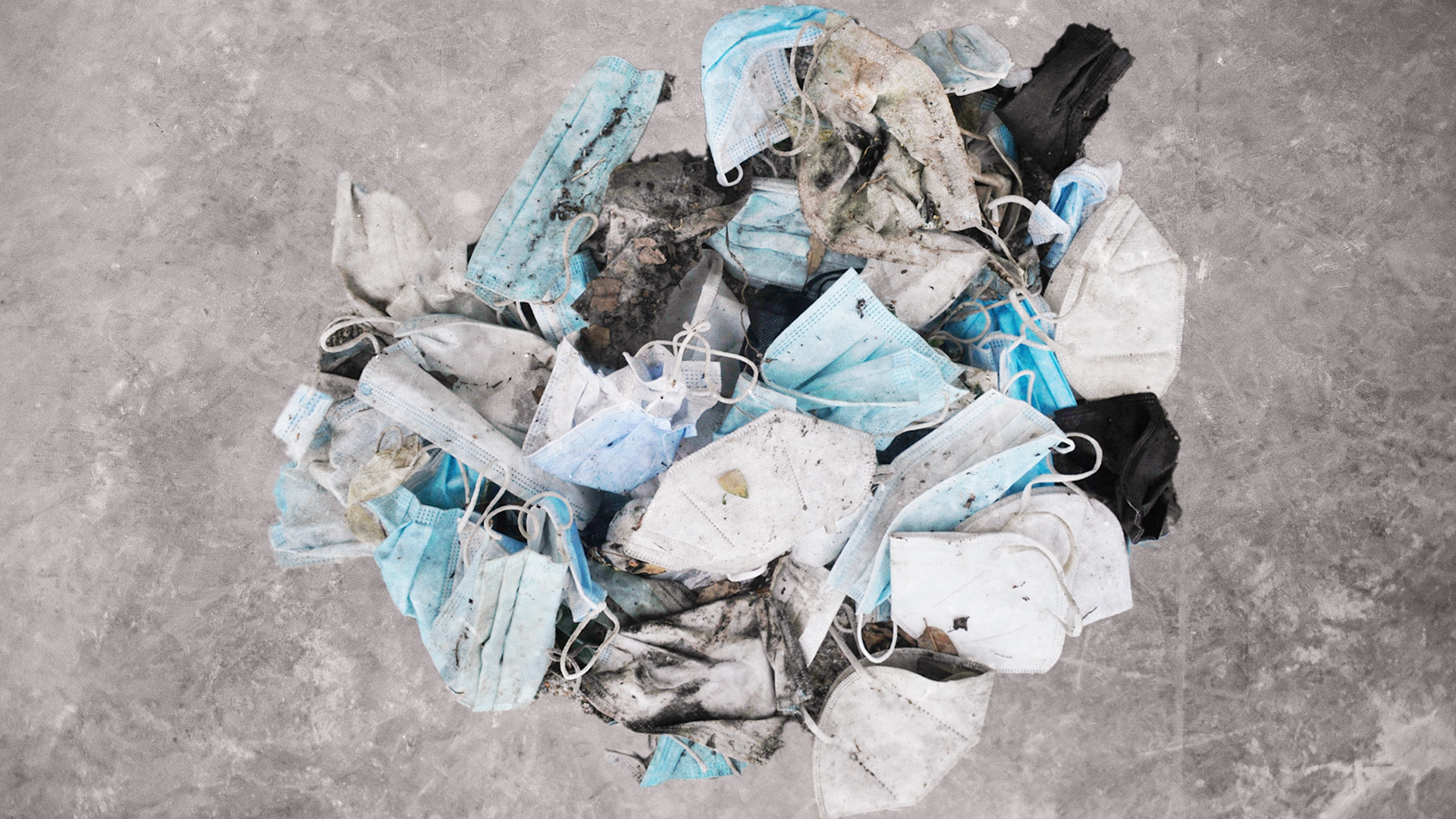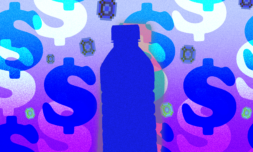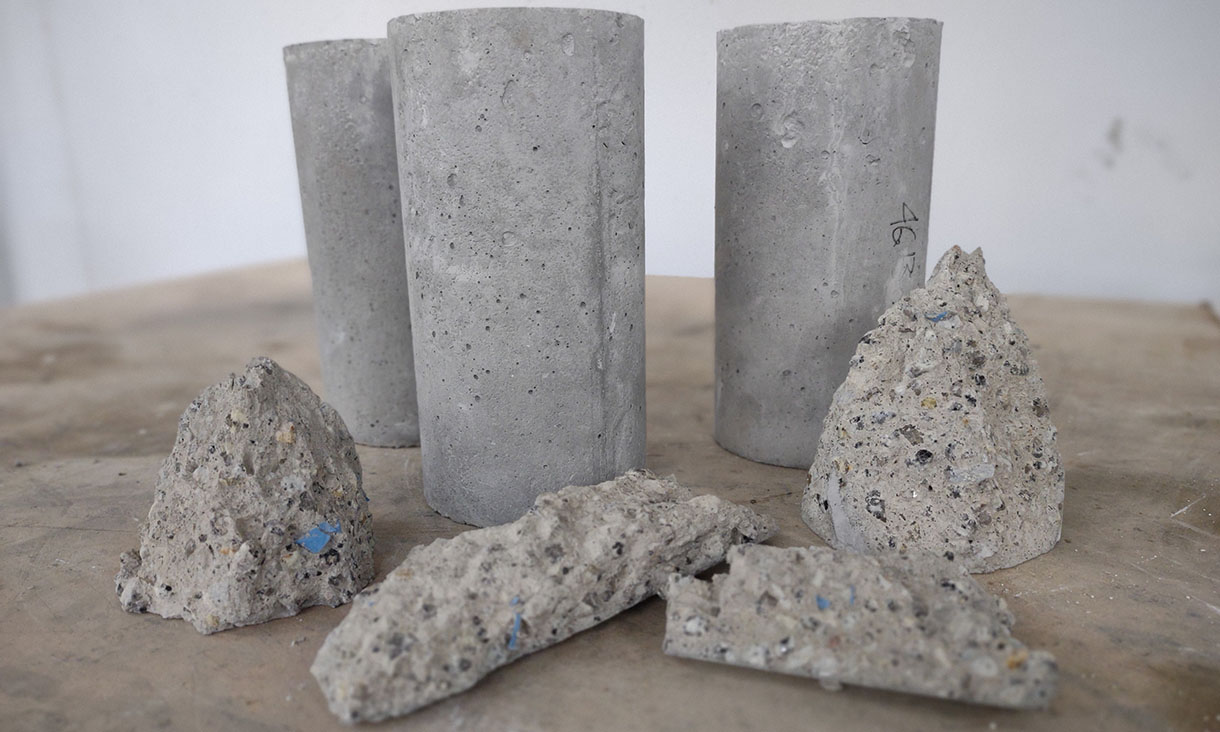In our efforts to prevent the spread of COVID-19, the globe reportedly gets through 129bn face masks per month. Australian researchers now propose diverting our PPE waste away from landfill and mixing it into concrete.
Protecting communities and healthcare workers from COVID-19, whilst trying to claw our way out of a self-inflicted plastic waste crisis has been a nigh-on impossible balance to strike.
The world has reportedly gotten through a staggering 129bn masks and 65bn rubber gloves every month since the pandemic’s onset. Feels a lifetime ago too, right?
COVID may be gradually sliding down the priority list, yet 54,000 tons of PPE waste continues to be dumped in landfill on a daily basis. As you’d expect, much of this heads downstream and winds up in our oceans – where it becomes a toxic menace to hungry marine wildlife like turtles.
It’s become a frustrating situation. We’ve had endless guidance on how to use protective gear, but little to no advice on how to dispose of these items in an ecologically friendly way. Companies haven’t exactly been queuing up to sort through our PPE either.
Thankfully, however, there are folk dedicated to finding greener solutions, some of which are showing real promise.
Researchers at the Royal Melbourne Institute of Technology, Australia, have spent the last year testing the feasibility of using PPE waste within the production of concrete. Bizarre as it sounds, it actually makes sense on multiple fronts.
Despite being the most commonly used building material on the planet, concrete has a relatively poor tensile strength, meaning it can break fairly easily under tension. This is why steel is typically used to reinforce the blend for larger structures, but it turns out we can also use PPE items to achieve similar results.





















